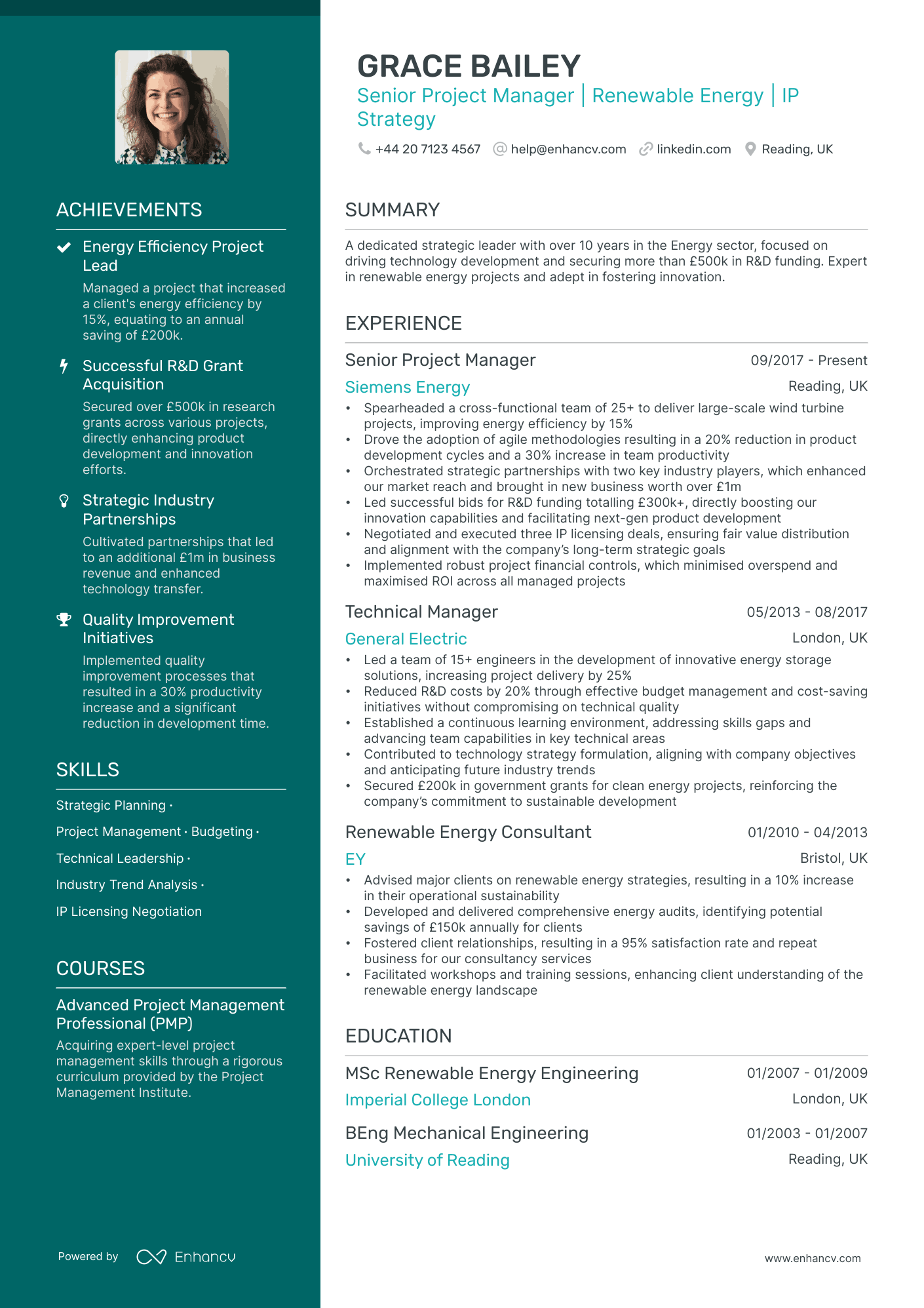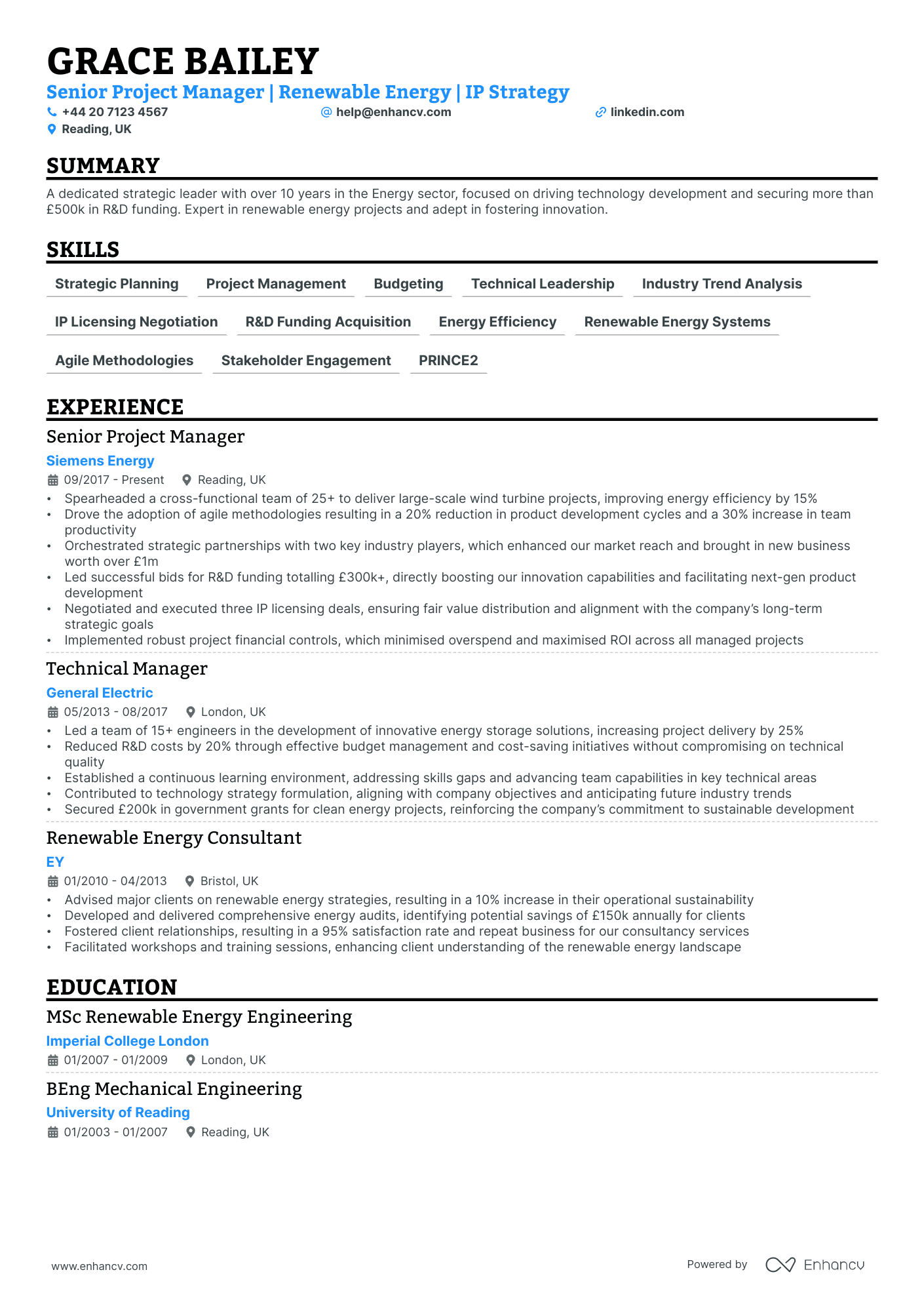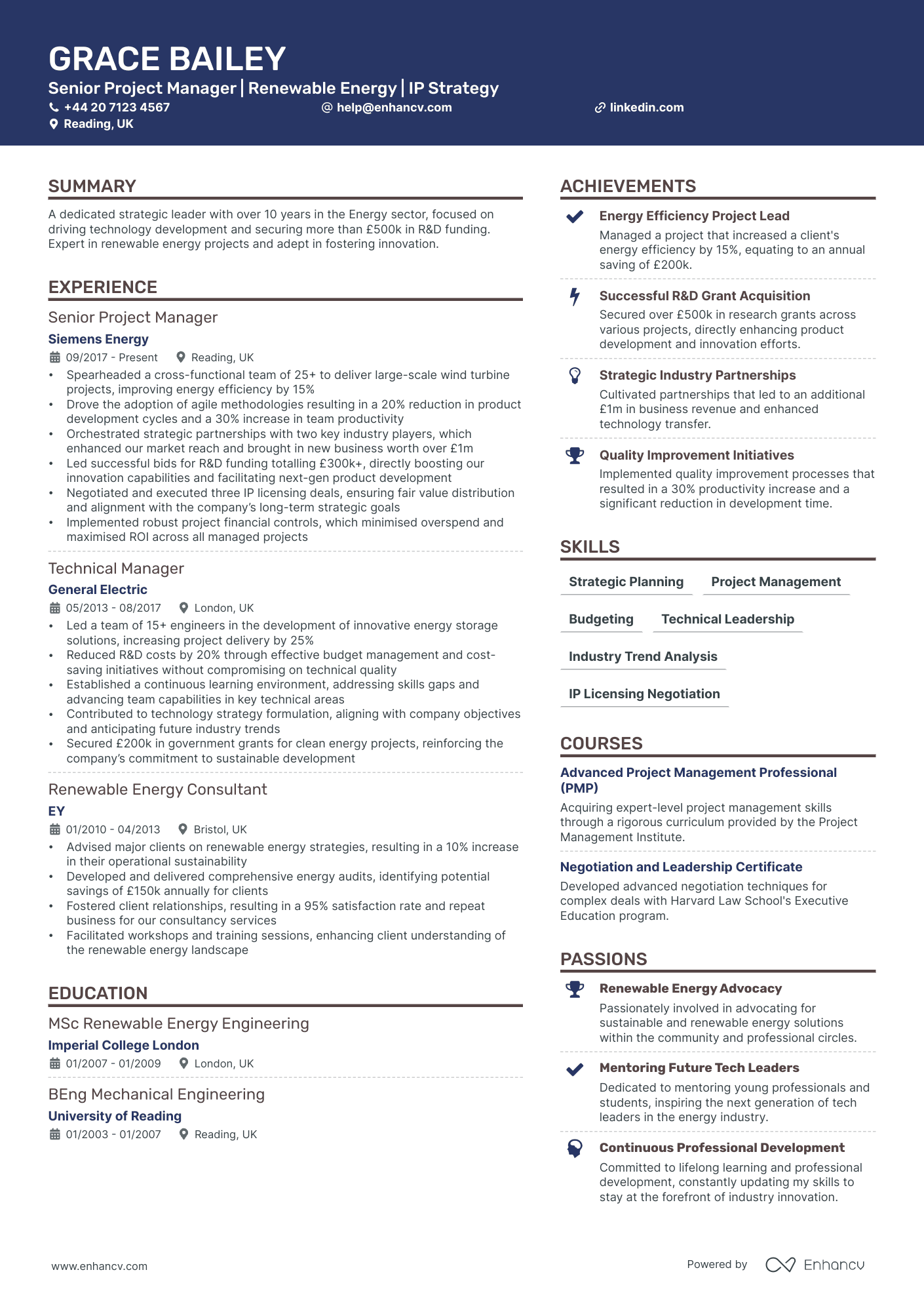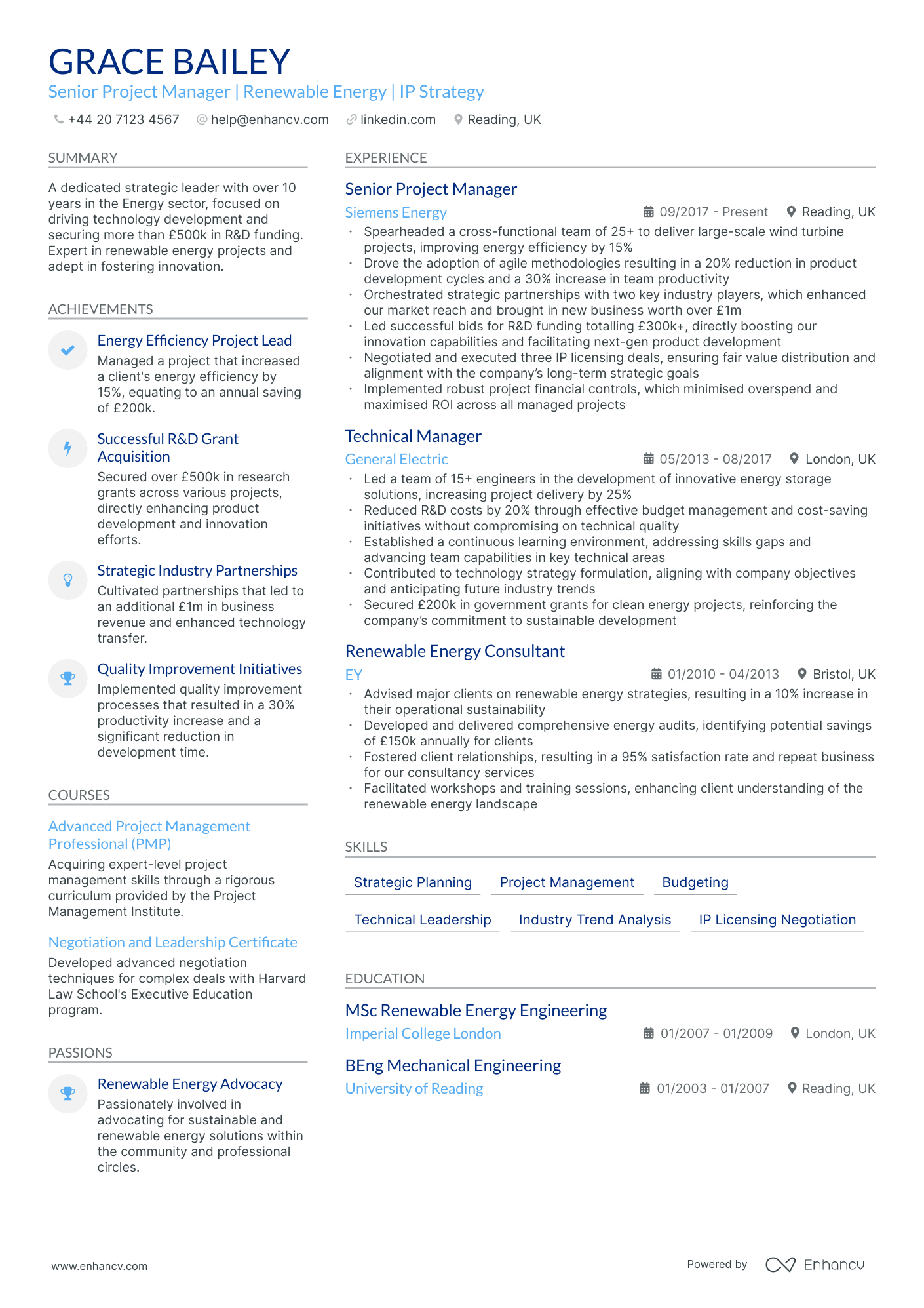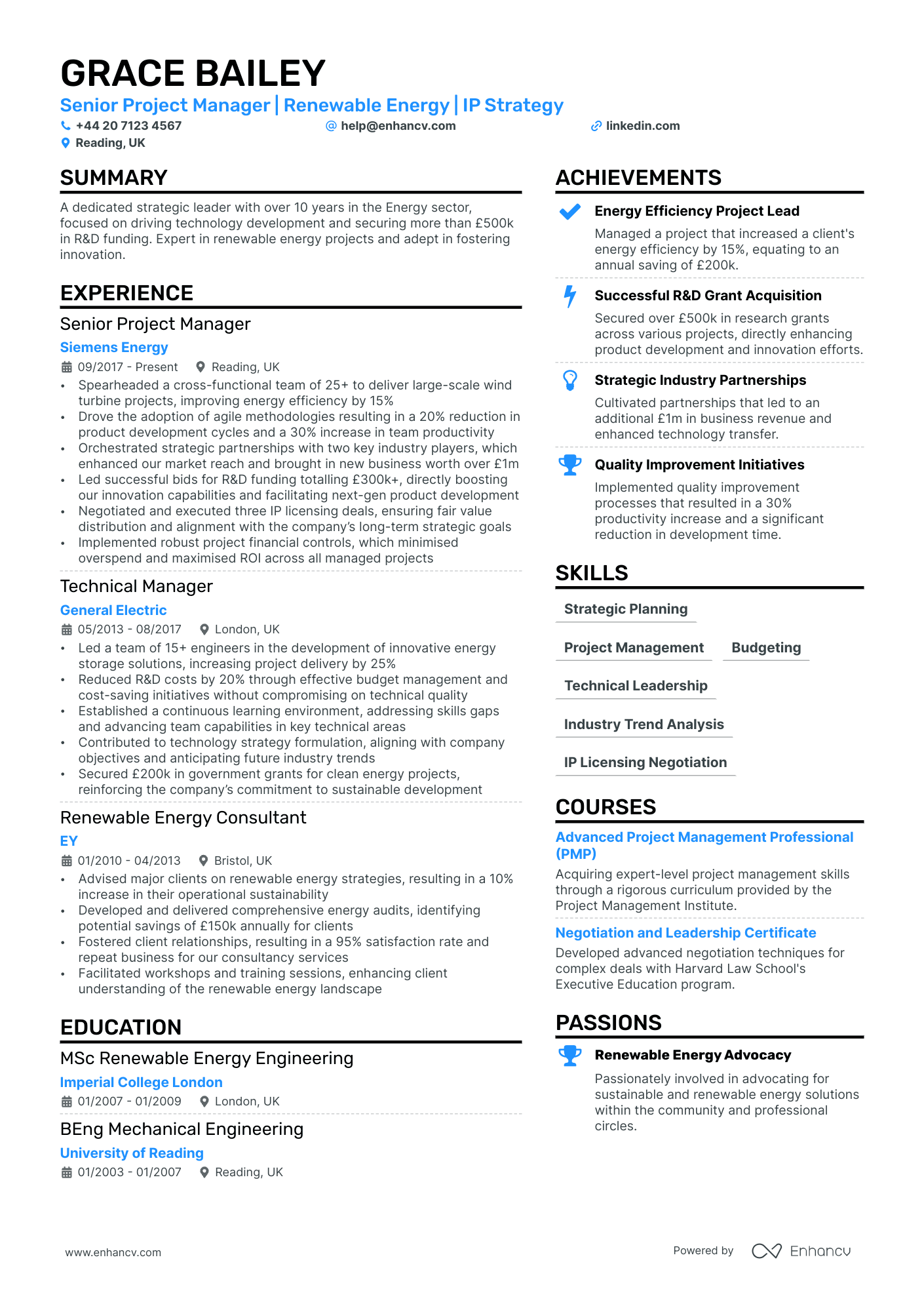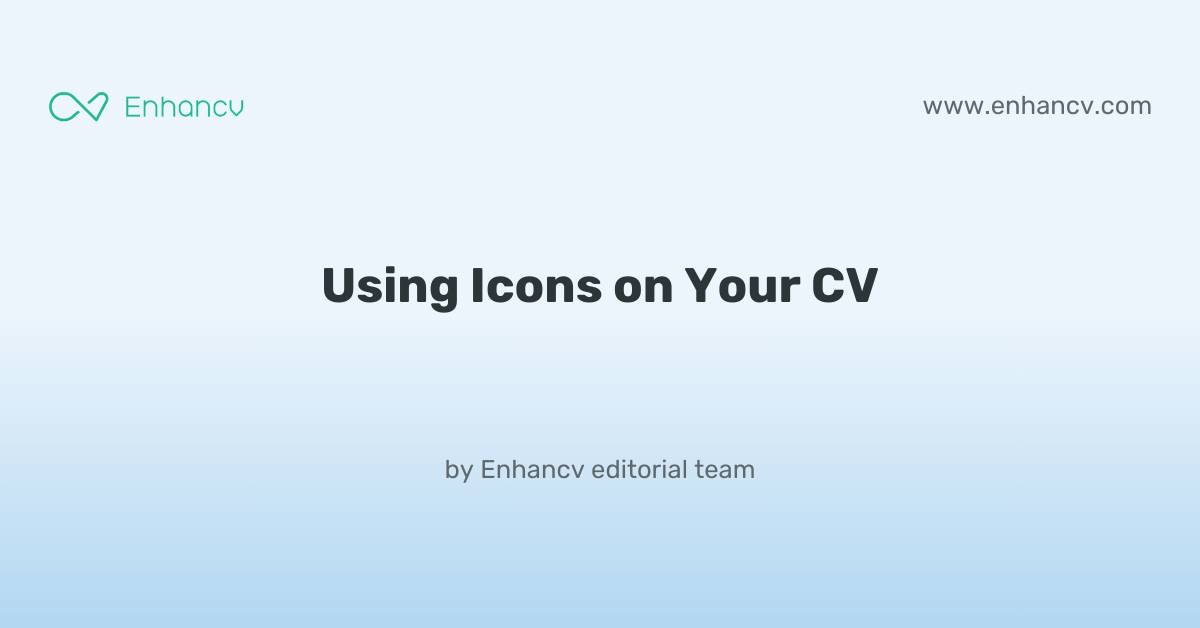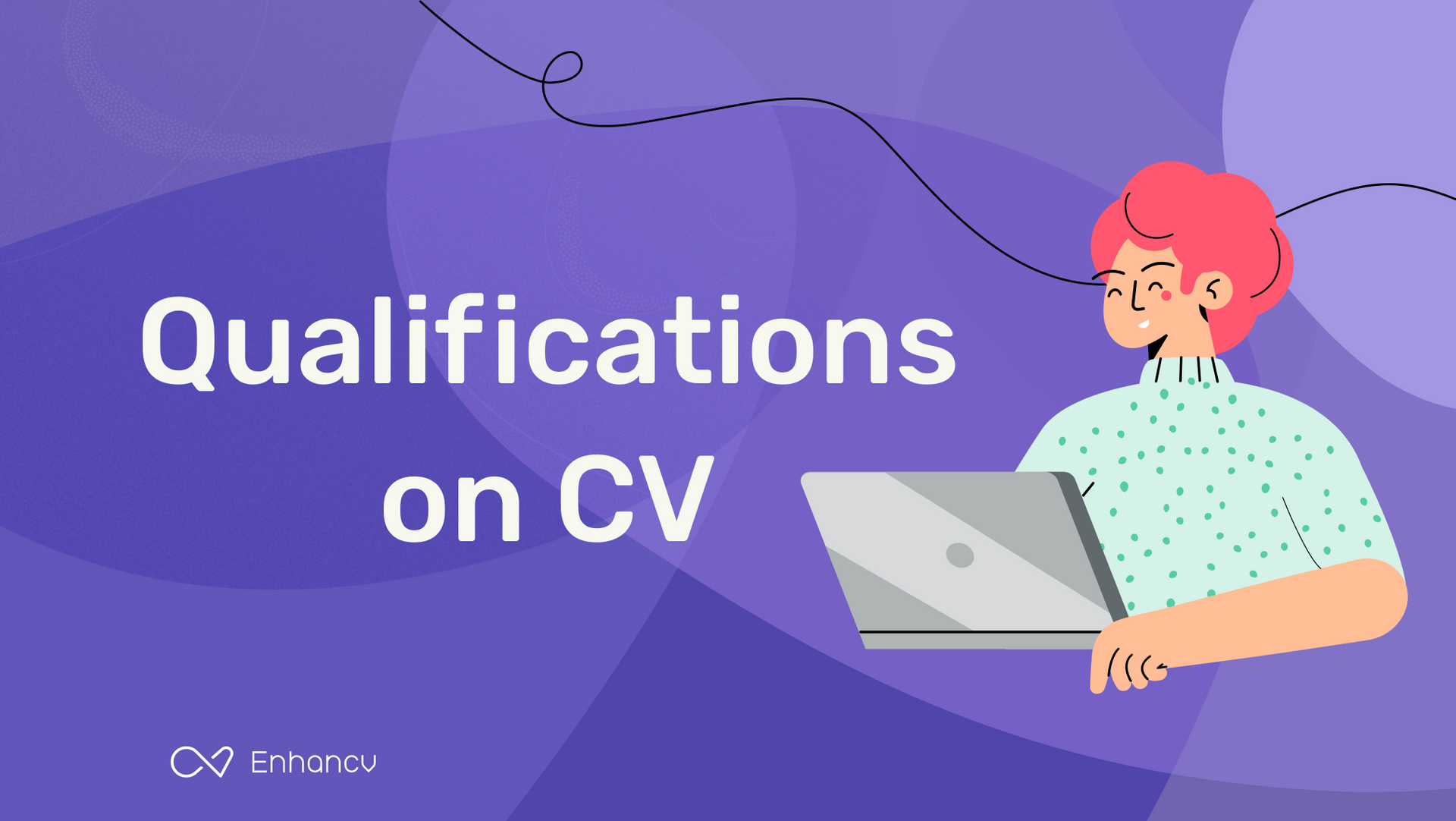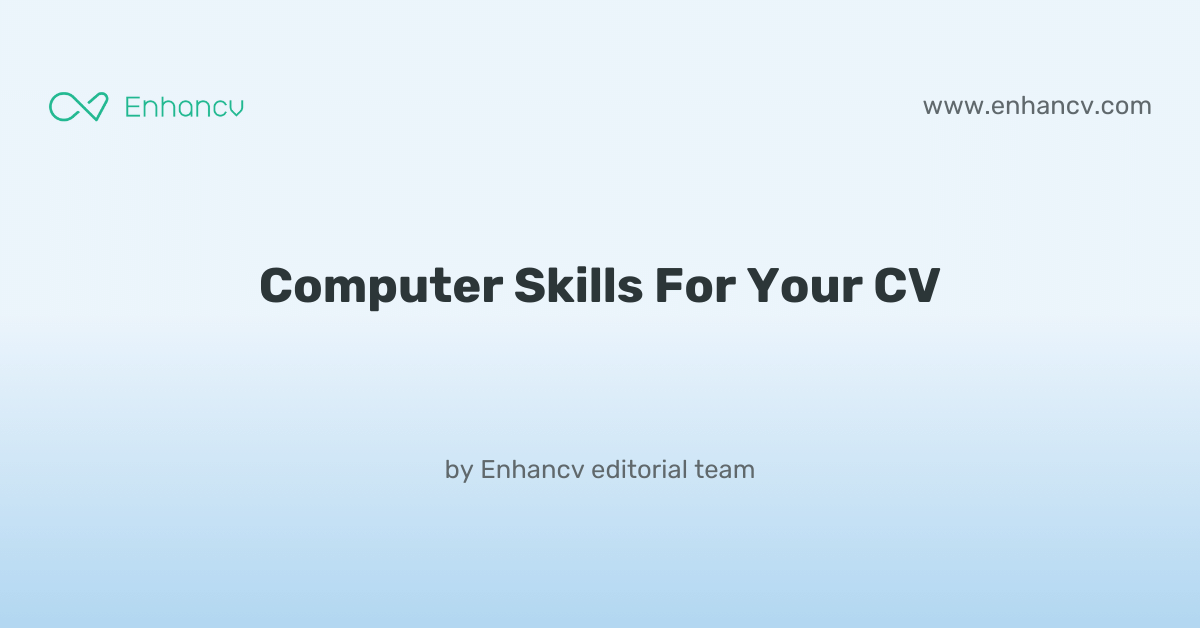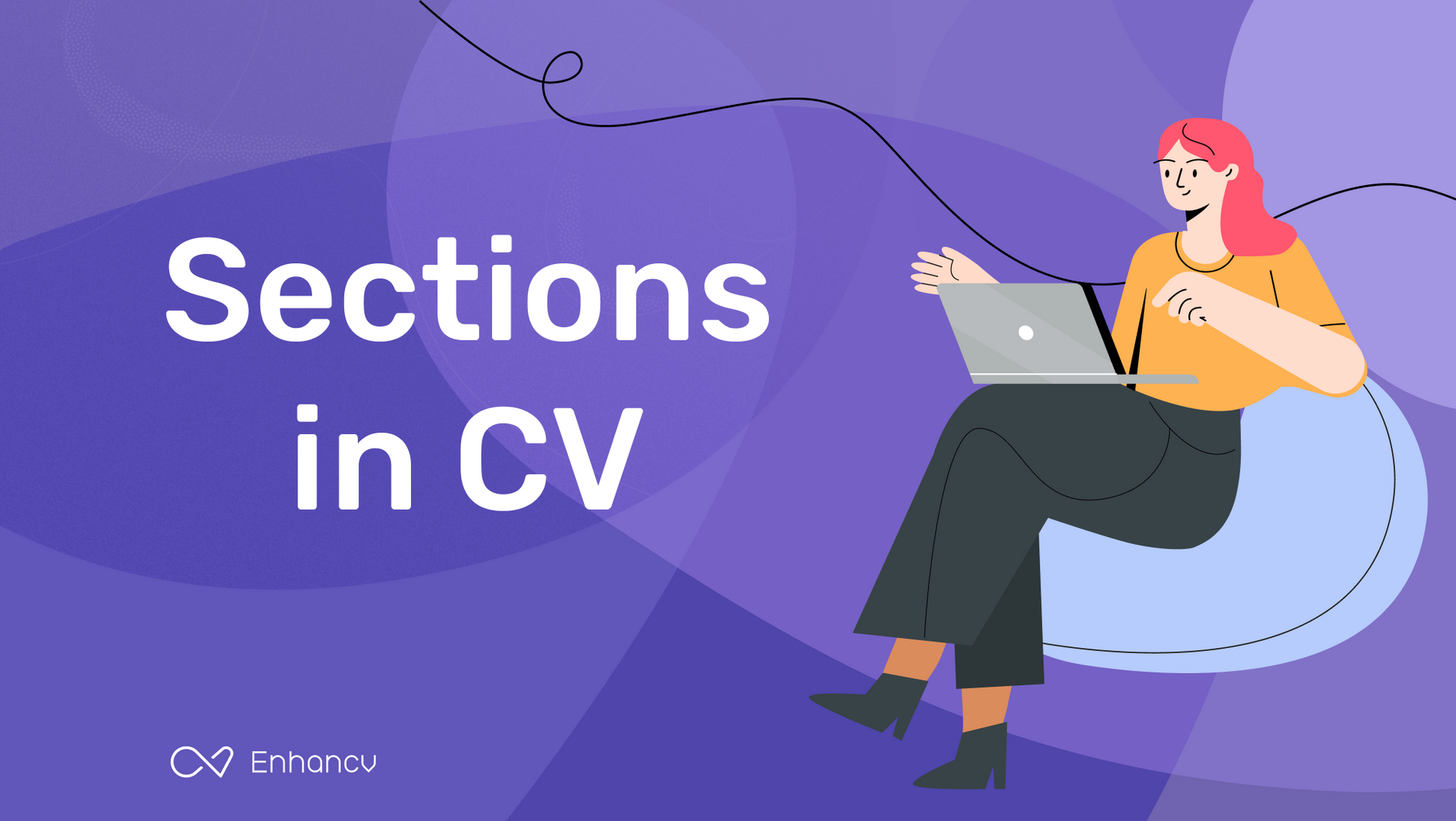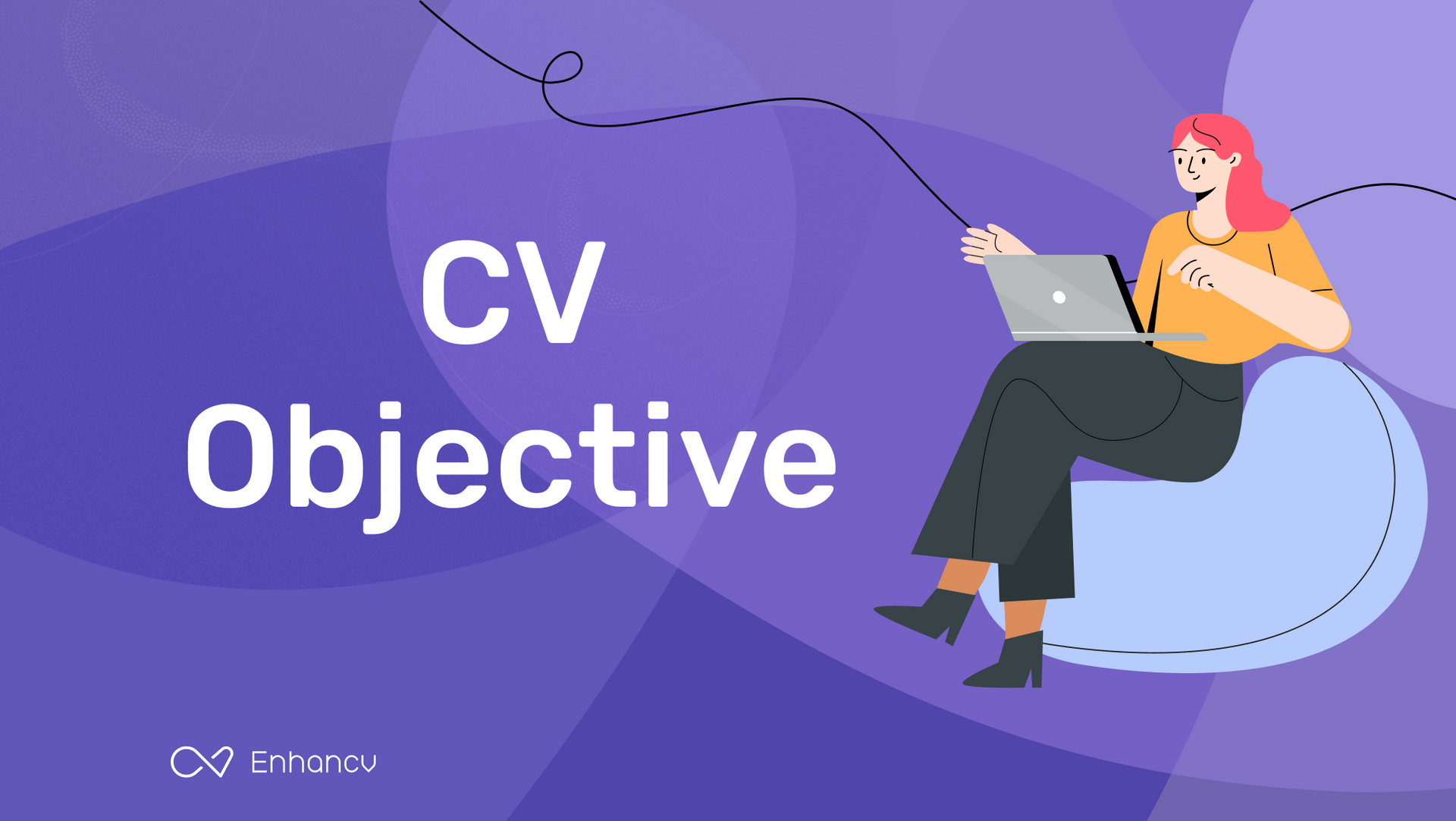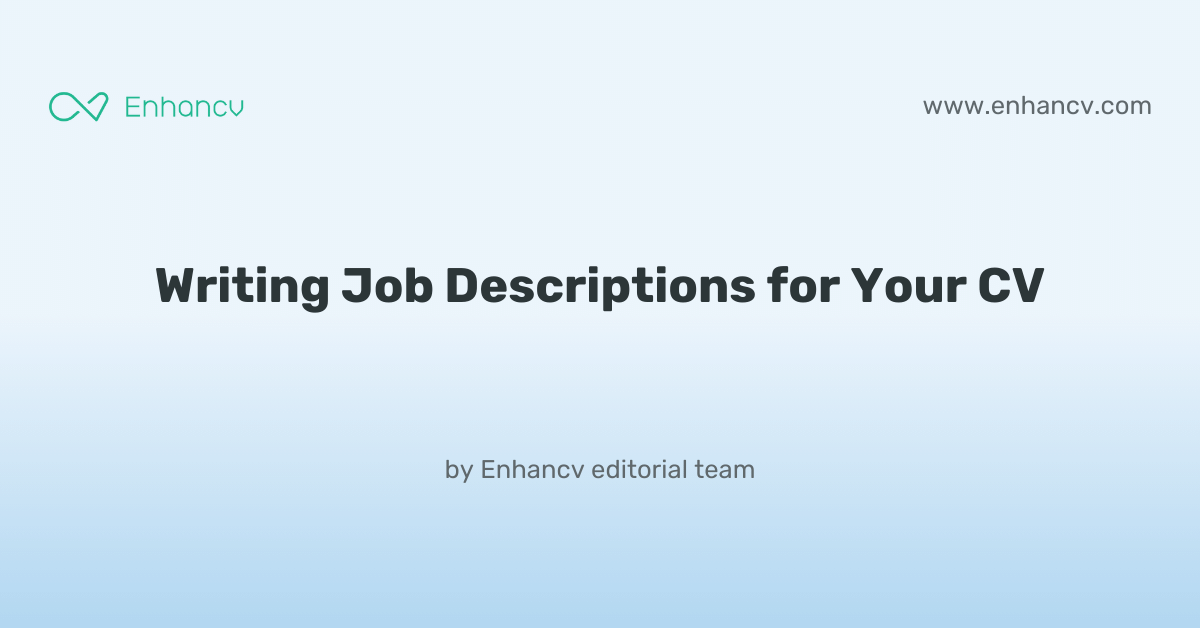Ensuring that your CV stands out whilst succinctly conveying technical expertise and leadership skills can be a daunting challenge for a Chief Technology Officer (CTO). Our guide provides tailored strategies to refine your CV, highlighting your achievements and industry impact, ensuring you make a lasting impression on potential employers.
- Applying best practices from real-world examples to ensure your profile always meets recruiters' expectations;
- What to include in your work experience section, apart from your past roles and responsibilities?
- Why are both hard and soft skills important for your application?
- How do you need to format your CV to pass the Applicant Tracker Software (ATS) assessment?
If you're writing your CV for a niche cto role, make sure to get some inspiration from professionals:
Structuring and formatting your cto CV for an excellent first impression
The experts' best advice regarding your CV format is to keep it simple and concise. Recruiters assessing your CV are foremost looking out for candidates who match their ideal job profile. Your white space, borders, and margins. You may still be wondering which format you need to export your CV in. We recommend using the PDF one, as, upon being uploaded, it never alters your information or CV design. Before we move on to the actual content of your cto CV, we'd like to remind you about the Applicant Tracker System (or the ATS). The ATS is a software that is sometimes used to initially assess your profile. Here's what you need to keep in mind about the ATS:- All serif and sans-serif fonts (e.g. Rubik, Volkhov, Exo 2 etc.) are ATS-friendly;
- Many candidates invest in Arial and Times New Roman, so avoid these fonts if you want your application to stand out;
- Both single and double column CVs can be read by the ATS, so it's entirely up to you to select your CV design.
PRO TIP
For certain fields, consider including infographics or visual elements to represent skills or achievements, but ensure they are simple, professional, and enhance rather than clutter the information.
The top sections on a cto CV
- Executive Summary presents an overview of leadership skills.
- Technical Expertise highlights specific technologies mastered.
- Professional Experience showcases a track record of tech management.
- Key Achievements reflects successful projects and innovations.
- Leadership and Strategy illustrates vision and team direction skills.
What recruiters value on your CV:
- Emphasise your strategic vision and technological foresight by detailing past experiences where you successfully aligned technology initiatives with business goals, ensuring you articulate the long-term impact on the company's growth.
- Showcase your leadership skills by highlighting instances where you led cross-functional teams, managed large tech departments, or drove cultural change within an organisation, always mentioning the size of teams and scope of projects.
- Include specifics about your technical proficiency and ability to stay ahead of the curve, such as adopting cutting-edge technologies or executing digital transformations, to demonstrate your hands-on expertise and innovative mindset.
- Illustrate your financial acumen by explaining how you have managed budgets efficiently, made cost-saving decisions, or secured funding for technology projects, providing quantifiable results where possible.
- Detail your communication skills, especially in relation to board-level engagement and stakeholder management, by describing scenarios where you've effectively translated complex technical information into business value.
Recommended reads:
Making a good first impression with your cto CV header
Your typical CV header consists of Your typical CV header consists of contact details and a headline. Make sure to list your professional phone number, email address, and a link to your professional portfolio (or, alternatively, your LinkedIn profile). When writing your CV headline , ensure it's:
- tailored to the job you're applying for;
- highlights your unique value as a professional;
- concise, yet matches relevant job ad keywords.
You can, for examples, list your current job title or a particular skill as part of your headline. Now, if you decide on including your photo in your CV header, ensure it's a professional one, rather than one from your graduation or night out. You may happen to have plenty more questions on how to make best the use of your CV headline. We'll help you with some real-world examples, below.
Examples of good CV headlines for cto:
- Chief Technology Officer | AI & Machine Learning Innovation | Chartered IT Professional | 10+ Years' Leadership
- Senior CTO | Agile Transformation Specialist | Cloud Infrastructure Expert | 15+ Years in Technology Management
- CTO & Cybersecurity Strategist | Data Protection | CISSP Certified | 20 Years' Industry Experience
- Technology Leader | SaaS Platform Development | DevOps Advocate | 12 Years' Progressive Experience
- Visionary CTO | IoT and Smart Tech Integration | Startup Mentor | 18 Years in Tech Ecosystems
- Executive CTO | Big Data & Analytics Pioneer | Enterprise Architecture | Over 25 Years' Tech Leadership
Opting between a cto CV summary or objective
Within the top one third of your cto CV, you have the opportunity to briefly summarise your best achievements or present your professional goals and dreams. Those two functions are met by either the CV summary or the objective.
- The summary is three-to-five sentences long and should narrate your best successes, while answering key requirements for the role. Select up to three skills which you can feature in your summary. Always aim to present what the actual outcomes were of using your particular skill set. The summary is an excellent choice for more experienced professionals.
- The objective is more focused on showcasing your unique value as a candidate and defining your dreams and ambitions. Think about highlighting how this current opportunity would answer your career vision. Also, about how you could help your potential employers grow. The objective matches the needs of less experienced candidates, who need to prove their skill set and, in particular, their soft skills.
Still not sure about how to write your CV opening statement? Use some best industry examples as inspiration:
CV summaries for a cto job:
- Seasoned CTO with over 15 years in FinTech, architecting cutting-edge financial platforms and leading cross-functional teams to revolutionize online banking. Drove a 300% growth in platform utilization by pioneering a blockchain-based transaction system that secured the firm as an industry leader.
- Dynamic and growth-oriented leader with a decade of experience in cloud computing, specializing in AWS infrastructure. Successfully migrated a Fortune 500 company’s legacy system to the cloud, reducing operational costs by 40% and significantly enhancing system reliability and scalability.
- Accomplished biotech researcher transitioning into technology leadership, bringing 8 years of project management and a deep understanding of AI applications in drug discovery. Spearheaded the development of an AI platform that accelerated novel compound identification, leading to a breakthrough in treatment research.
- Renowned Physics professor and published academic, pivoting to the tech industry with a profound expertise in quantum computing and algorithms. Developed an innovative computational model that has been adopted by leading tech labs for advanced cryptography research, heralding a new era in data security.
- Aspiring to leverage my passion for software development and a fresh BSc in Computer Science to foster technological innovation. Eager to apply my knowledge of Java, Python, and agile methodologies to contribute to dynamic projects that challenge the status quo and advance digital transformation.
- Keen to bring a fresh perspective and a relentless drive for excellence to a forward-thinking tech environment, with a dedication to mastering the latest in cybersecurity and network architecture backed by a Master’s degree in Information Technology and hands-on experience in university tech clubs.
More detailed look into your work history: best advice on writing your cto CV experience section
The CV experience is a space not just to merely list your past roles and responsibilities. It is the CV real estate within which you could detail your greatest accomplishments and skills, while matching the job requirements. Here's what to have in your experience section:
- Prove you have what the job wants with your unique skill set and past successes;
- Start each bullet with a strong, action verb, and continue with the outcome of your responsibility;
- Use any awards, nominations, and recognitions you've received as solid proof of your skill set and expertise;
- align your experience with the role responsibilities and duties.
For more help on how to write your CV experience section, check out the next section of our guide:
Best practices for your CV's work experience section
- Implemented a company-wide agile transformation, enhancing the product development lifecycle and shortening the time-to-market for new features by 30%.
- Directed a team of 50+ engineers, fostering a culture of innovation and encouraging continuous learning, which led to the development of three patented technologies.
- Strategised and executed a cloud migration plan, saving the company 20% annually in infrastructure costs while improving system scalability and reliability.
- Established a comprehensive cybersecurity strategy that reduced security breaches by 90% and ensured compliance with GDPR and other industry-specific regulations.
- Spearheaded the adoption of AI and machine learning techniques, which resulted in a 25% increase in data analytics efficiency and supported data-driven decision making.
- Launched a collaborative R&D initiative with external partners, increasing the organisation's tech capabilities and fostering innovation through shared expertise.
- Developed an IT governance framework that aligned technology investments with business goals, which was instrumental in a 15% year-on-year revenue growth.
- Orchestrated the digital transformation of legacy systems, leading to a 40% improvement in operational efficiency and a significantly enhanced customer experience.
- Nurtured strategic vendor partnerships that improved software solution quality, delivering cutting-edge technology while managing costs effectively.
- Led a large-scale migration to cloud-based infrastructure, reducing company server costs by 30% while enhancing scalability and flexibility.
- Spearheaded the development of a new AI-driven analytics tool that increased data processing efficiency by 50%, significantly improving decision-making speed.
- Initiated and fostered strategic partnerships with key technology providers, elevating the company’s market position through enhanced product offerings.
- Managed a 100+ engineer team to successfully deliver a complete revamp of the enterprise SaaS platform, boosting customer satisfaction by 25%.
- Overhauled the IT security protocols leading to a 40% decrease in security breaches and a strengthened trust with a clientele base of over 1 million users.
- Implemented Agile methodologies across the tech departments, improving time to market for new features by 15% and team productivity by 20%.
- Streamlined the software development lifecycle resulting in a 20% acceleration of product delivery and a 10% reduction in post-launch bugs.
- Introduced a company-wide digital transformation strategy, leading to a 30% adoption of automation tools and a 25% increase in operational efficiency.
- Championed a cross-departmental innovation initiative, which cultivated three patentable technologies, enhancing our competitive edge.
- Architected and launched an industry-first mobile payment platform, which captured 10% of the market share within the first year.
- Implemented a robust data governance framework that improved data quality by 35%, aiding in more precise customer targeting.
- Drove a company-wide push towards adopting DevOps practices, which decreased deployment times by 40% and improved service uptimes to 99.99%.
- Developed a strategic IT roadmap aligning with business objectives that facilitated a 20% YOY growth through digital product expansion.
- Implemented advanced analytical models to optimize pricing strategies, resulting in a 15% increase in profit margins within the digital services portfolio.
- Cultivated a culture of continuous learning and innovation, reducing employee turnover by 30% and fostering a team of high performers.
- Oversee a distributed team responsible for maintaining and enhancing cyber security measures, achieving a 45% reduction in vulnerabilities detected.
- Introduced predictive analytics into product lifecycle management, improving forecast accuracy by 40% and better aligning inventory with customer demand patterns.
- Pioneered the integration of blockchain technology to secure transactions, positioning the company as an early adopter and industry leader.
- Developed and launched an award-winning fintech app which processed transactions worth over £1 billion within the first two years of operation.
- Initiated a major upgrade to the core banking system, enabling the introduction of real-time banking features and attracting a 20% increase in new accounts.
- Implemented an organization-wide agile framework adoption, leading to a 25% improvement in cross-functional team collaboration and efficiency.
- Led the design and execution of a strategic technology refresh program, replacing legacy systems and resulting in a 33% enhancement in operational performance.
- Deployed a machine learning-driven customer service platform, reducing average issue resolution times by 50% and raising customer satisfaction scores.
- Managed a multimillion-pound budget to drive technology investments, focussing on ROI and delivering a 22% reduction in annual IT operating costs.
How to ensure your cto CV stands out when you have no experience
This part of our step-by-step guide will help you substitute your experience section by helping you spotlight your skill set. First off, your ability to land your first job will depend on the time you take to assess precisely how you match the job requirements. Whether that's via your relevant education and courses, skill set, or any potential extracurricular activities. Next:
- Systematise your CV so that it spotlights your most relevant experience (whether that's your education or volunteer work) towards the top;
- Focus recruiters' attention to your transferrable skill set and in particular how your personality would be the perfect fit for the role;
- Consider how your current background has helped you build your technological understanding - whether you've created projects in your free time or as part of your uni degree;
- Ensure you've expanded on your teamwork capabilities with any relevant internships, part-time roles, or projects you've participated in the past.
Recommended reads:
PRO TIP
Include examples of how you adapted to new tools, environments, or work cultures, showing your flexibility.
The CV skills' divide: between hard and soft skills
Of course, you may have read the job requirements plenty of times now, but it's key to note that there is a difference between technical and personal skills. Both are equally relevant to your job application. When writing about your skill set, ensure you've copy-pasted the precise skill from the job requirement. This would not only help you ensure you have the correct spelling, but also pass any Applicant Tracker System (ATS) assessments.
- Hard skills show your technological capabilities. Or whether you'll be a good technical fit to the organisation. Ensure you've spotlighted your hard skills in various sections of your CV (e.g. skills section, projects, experience) by including the technology and what you've attained;
- Soft skills pinpoint your personality and people or communication skills, hinting at if you'll easily accomodate into the team or organisation. Quantify your soft skills in your CV achievements, strengths, summary/objective, and experience sections. Always support your soft skills with how they've helped you grow as a professional.
Top skills for your cto CV:
Technical Leadership
Software Development
Enterprise Architecture
Cloud Computing
Agile Methodologies
Cybersecurity
Data Management
AI & Machine Learning
DevOps
IT Infrastructure
Strategic Thinking
Communication
Problem-Solving
Stakeholder Management
Team Leadership
Innovation
Resilience
Adaptability
Time Management
Decision Making
PRO TIP
Use mini case studies or success stories in your CV to demonstrate how your skills have positively impacted previous roles or projects.
Education and more professional qualifications to include in your cto CV
If you want to showcase to recruiters that you're further qualified for the role, ensure you've included your relevant university diplomas. Within your education section:
- Describe your degree with your university name(-s) and start-graduation dates;
- List any awards you've received, if you deem they would be impressive or are relevant to the industry;
- Include your projects and publications, if you need to further showcase how you've used your technical know-how;
- Avoid listing your A-level marks, as your potential employers care to learn more about your university background.
Apart from your higher education, ensure that you've curated your relevant certificates or courses by listing the:
- name of the certificate or course;
- name of the institution within which you received your training;
- the date(-s) when you obtained your accreditation.
In the next section, discover some of the most relevant certificates for your cto CV:
PRO TIP
Order your skills based on the relevance to the role you're applying for, ensuring the most pertinent skills catch the employer's attention first.
Recommended reads:
Key takeaways
What matters most in your cto CV-writing process is for you to create a personalised application. One that matches the role and also showcases your unique qualities and talents.
- Use the format to supplement the actual content, to stand out, and to ensure your CV experience is easy to comprehend and follows a logic;
- Invest time in building a succinct CV top one third. One that includes a header (with your contact details and headline), a summary or an objective statement (select the one that best fits your experience), and - potentially - a dedicated skills section or achievements (to fit both hard skills and soft skills requirements);
- Prioritise your most relevant (and senior) experience closer to the top of your CV. Always ensure you're following the "power verb, skill, and achievement" format for your bullets;
- Integrate both your technical and communication background across different sections of your CV to meet the job requirements;
- List your relevant education and certificates to fill in gaps in your CV history and prove to recrutiers you have relevant technical know-how.
